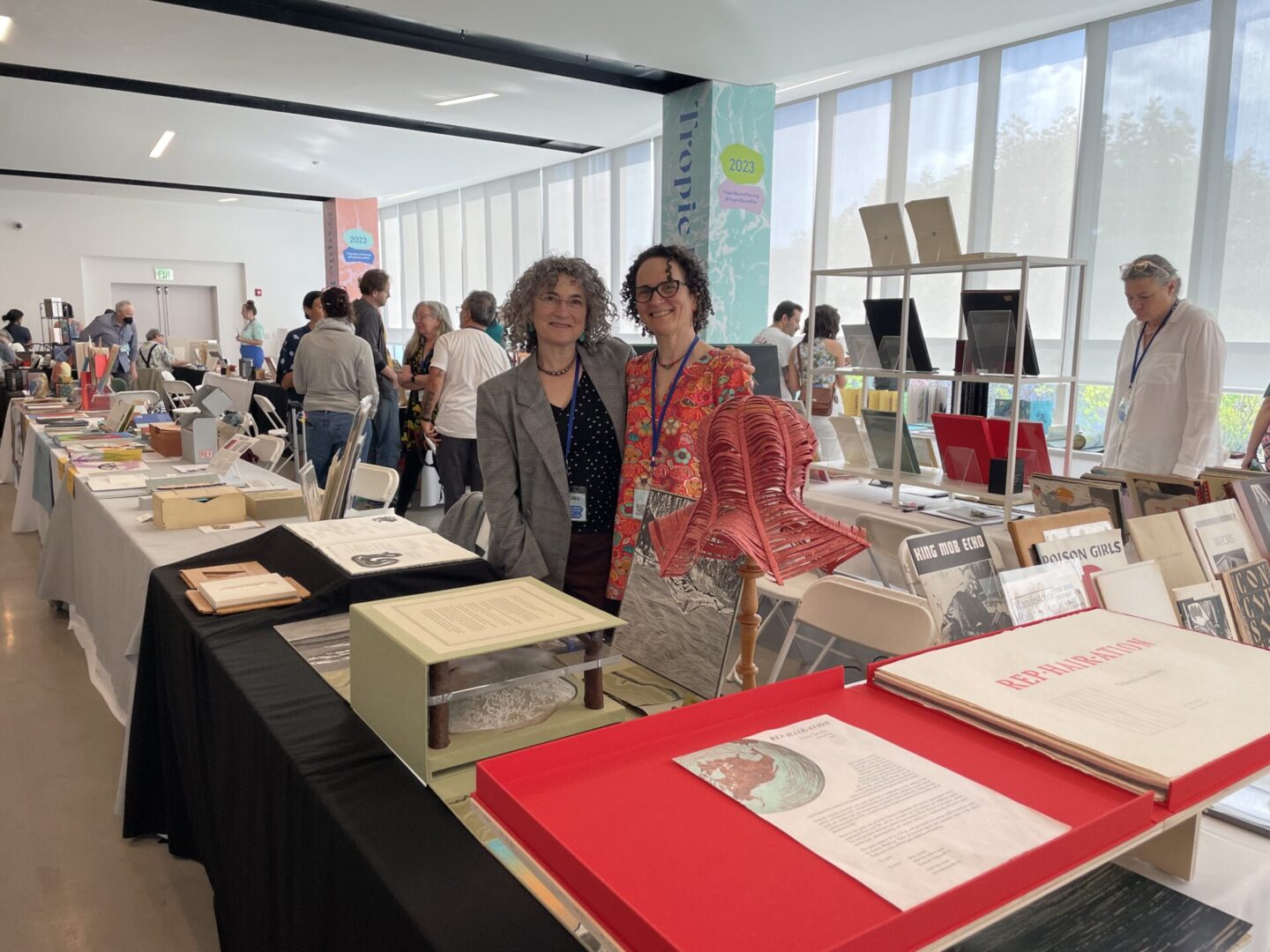My sister Lyn and I went to Miami in February for the Tropic Bound Book Fair. Monday after the fair we experienced a glimpse of the Everglades magical ecosystem. We spent the morning on a guided walk near Shark Valley Visitor Center and then rode in an air boat out on the Miccosukee Tribal Lands, witnessing the expansive River of Grass, home to an abundance of wildlife.
The Everglades was a prolific ecosystem that replenished the aquifer, the source of clean water for south Florida. This natural filtration system would occur all the way to the Gulf of Mexico. As stated on the Miccosukee website: The Miccosukee were originally part of the Creek Nation, and migrated to Florida before it became part of the United States. During the Indian Wars of the 1800s, most of the Miccosukee were removed to the West, but about 100, mostly Mikasuki-speaking Creeks, never surrendered and hid out in the Everglades. Present Tribal members now number over 600 and are direct descendants of those who eluded capture.
The Miccosukee understanding of the Everglades was not shared by non-Native settlers who built dams, floodgates, roads, levees, and canals. Invasive plants and animal species have taken over areas and agriculture and industry pollution have had devastating effects on the fragile ecosystem. Climate change is also taking a toll. The Everglades National Park was created in 1947, but outside its borders people waged war on this wetland.
Today the Comprehensive Everglades Restoration Plan is working to mimic the historic natural flow of the water. Early results are encouraging–but more education, protection, and restoration are an ongoing need.
Environmental activist Marjory Stonemason Douglas dedicated her long life (she lived to be 108) to preserving the Everglades and its interconnected ecosystems. She coined the term River of Grass.

